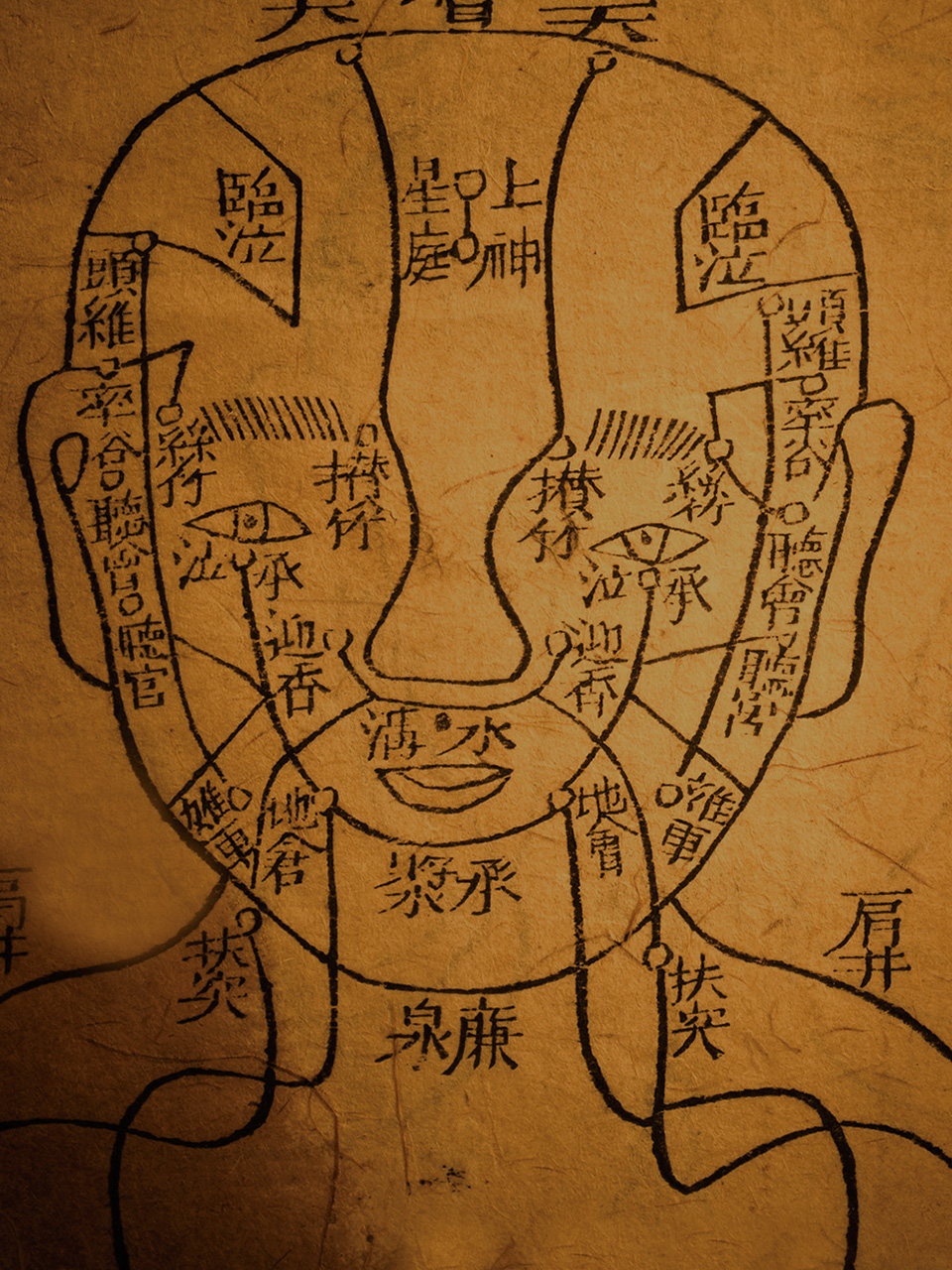
Tap to Read ➤
Acupuncture Theory
Ningthoujam Sandhyarani


The theory of acupuncture is based on the flow of Qi (energy) in the meridians. It is believed that there are specific acupoints. The activation of these points helps in the treatment of pain and illness.
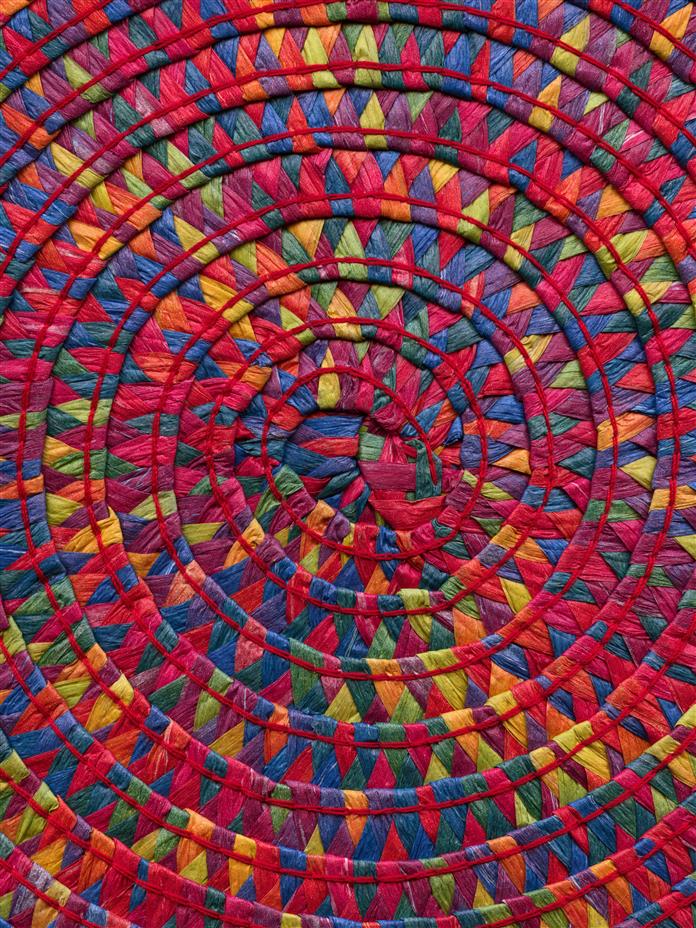
Acupuncture is a method in which very fine metallic needles are pierced to stimulate specific points (acupoints) in the human body. The word acupuncture is derived from the Latin words acus, meaning "needle" and pungere, meaning "to prick". It is an important feature of Traditional Chinese Medicine (TCM) that is believed to have originated in China.
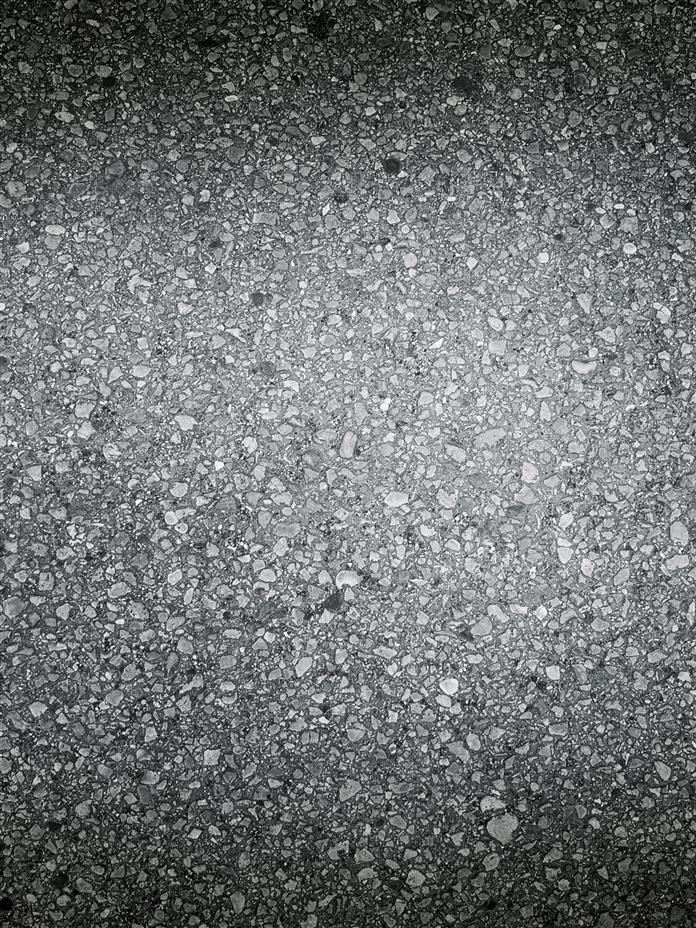
Since its origin, this therapeutic procedure has grown in popularity. At present, it is practiced in almost all parts of the world. Based on the style and technique followed, there are different types of acupuncture; namely, classical Chinese, Japanese style, Korean hand, and auricular. There is no proof as to which particular technique is the most effective. Among the many types, the classical Chinese style is commonly practiced in the United States.
Theory

The principle behind this therapeutic procedure is based on Qi (pronounced chee), which is the vital energy of the body. According to the TCM, Qi circulates in all parts of the body via energy channels called meridians.
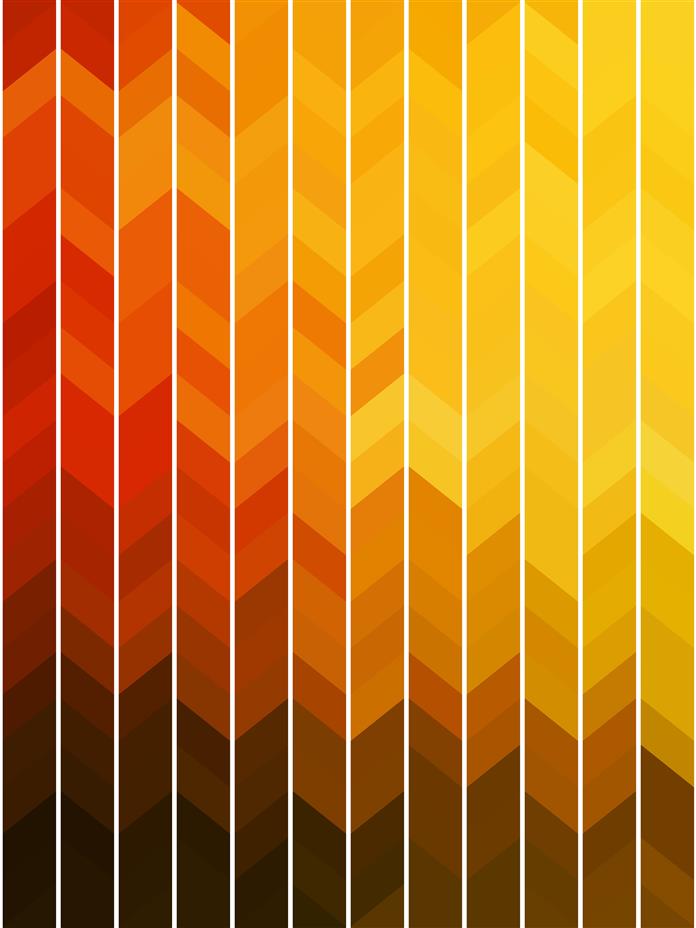
This energy flow is more or less similar to the circulatory system and nervous system. An interruption or blockage in the flow of Qi in the meridians is believed to cause pain or illness.
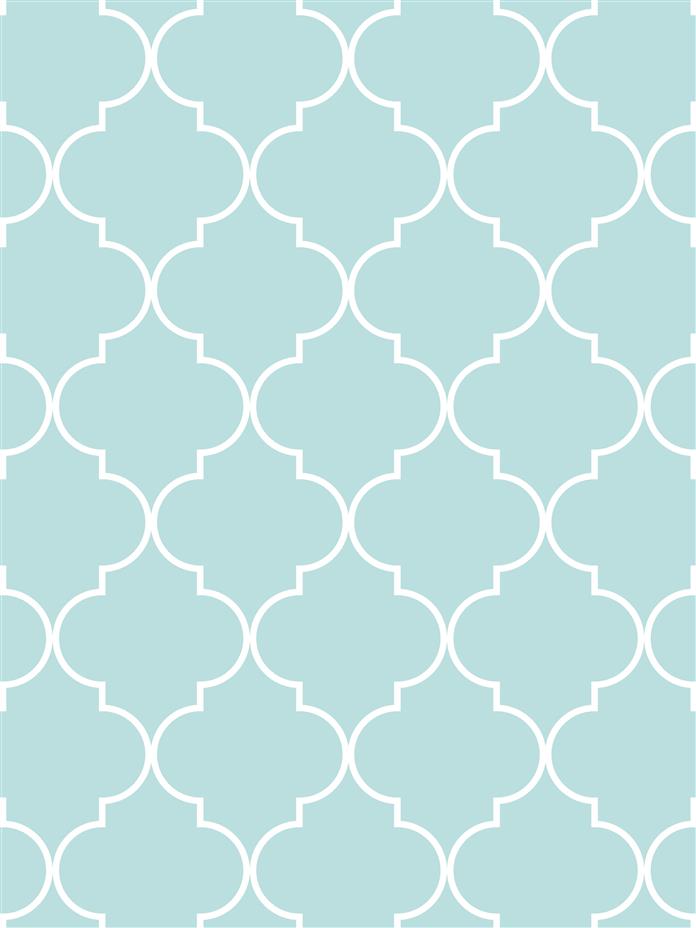
Various factors affect the smooth flow of Qi. These include poor nutrition, improper diet, polluted air and water, organ malfunction, and injury/infection by harmful microorganisms. The balance could also be disturbed due to extreme climatic conditions (cold, wind, and heat). The emotional state (pleasure, dejection, and stress) of an individual could also affect the normal flow of the energy in the meridians.
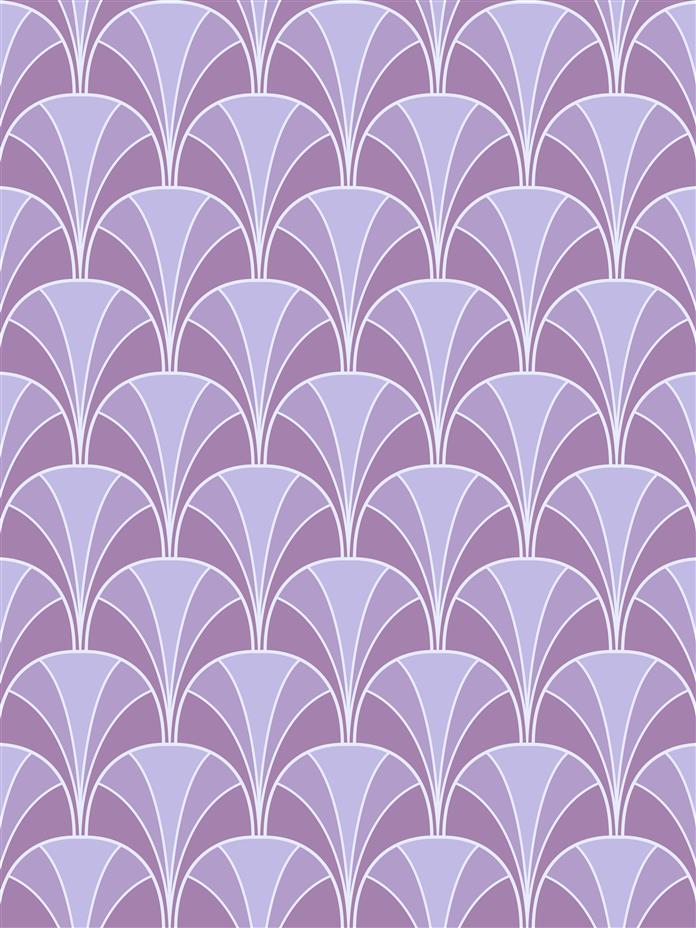
The main idea behind this therapy is to restore health by stimulating acupoints located in the meridians. According to TCM, there are two basic types of Qi within our body, viz., congenital Qi and acquired Qi. As the name suggests, the former is present at the time of birth, whereas the latter is developed after birth, from the air we breathe and the food we eat. The quality of the latter mostly depends on our lifestyle and physical activities.
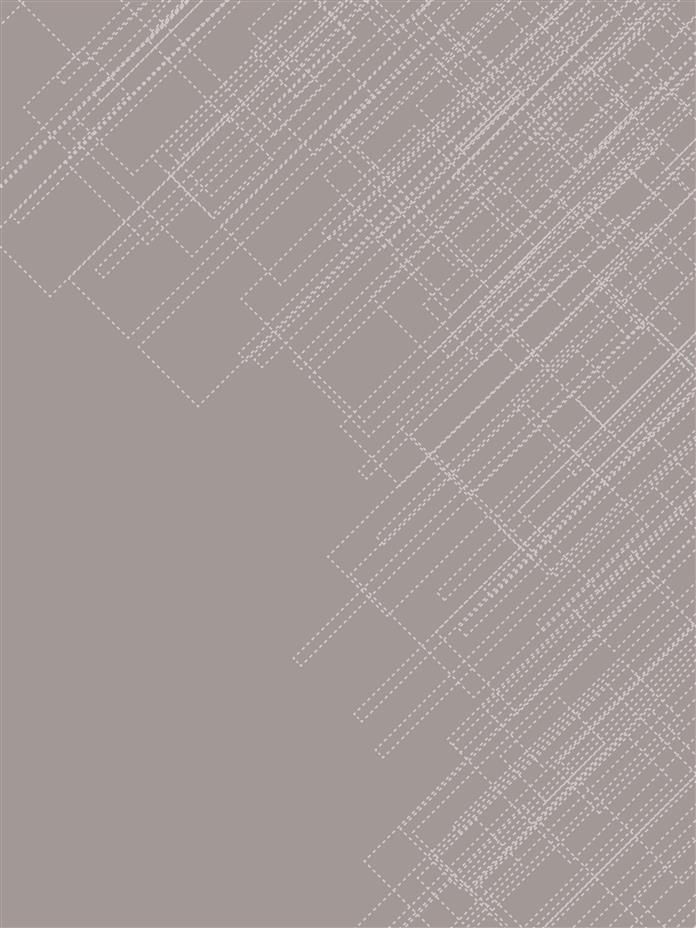
In addition, there are other types of Qi such as jing, yuan, gu, kong, zhen, ying, and wei, which are located in various parts of the body and are associated with different functions. For example, Jing is situated in the kidneys and is responsible for the growth and development. Overall, the Chinese mapped the presence of 361 acupoints in the major meridians, which can be accessed when there is an abnormality in the energy flow. Recent electromagnetic research has confirmed the presence of several acupuncture points in the body.
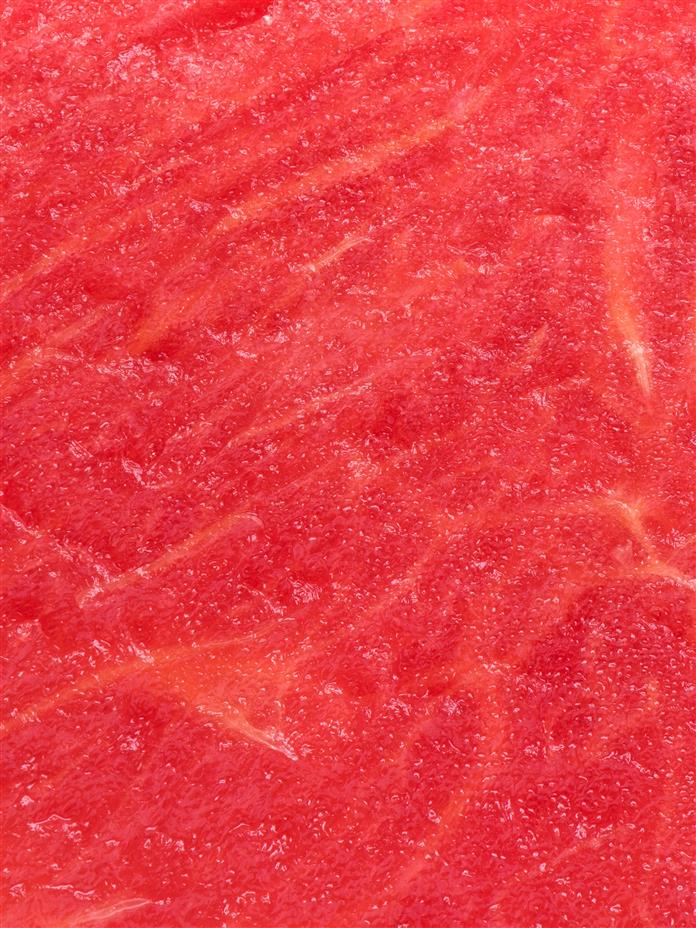
The WHO (World Health Organization) has reported this therapeutic procedure to be an effective way for treating disorders. Given ahead are some of the advantages and disadvantages.
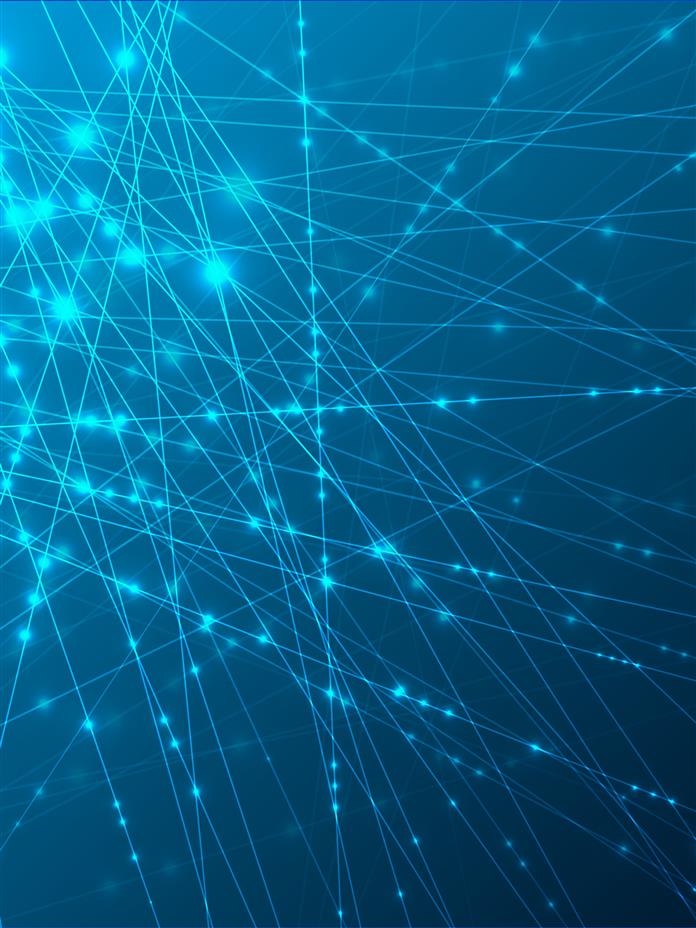
Advantages of Acupuncture
It helps in the treatment of both mental and physical illness. Certain chronic diseases such as arthritis, diabetes, asthma, hearing loss, and hypertension can be treated.
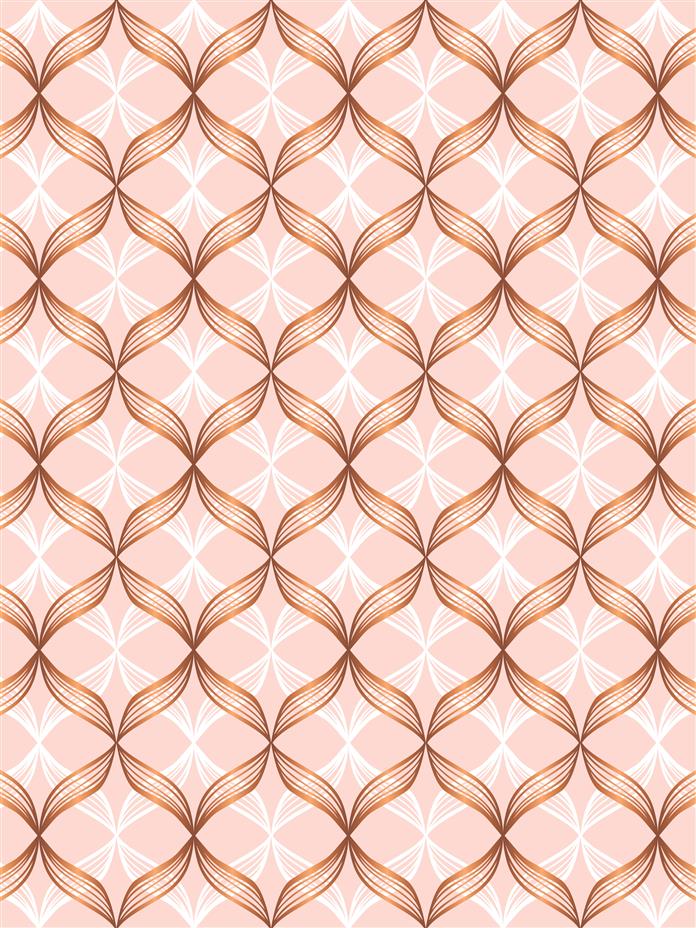
Disadvantages of Acupuncture
It is safe as long as it is performed by a licensed acupuncturist, and the needles used are sterile and of standard quality. If it is not performed properly, there are chances of infection, bleeding, soreness, and pain in the pierced sites. Also, its effectiveness varies from one person to another. The mechanism of this therapeutic procedure is still obscure, which is why studies are being conducted to study its cerebral effects.
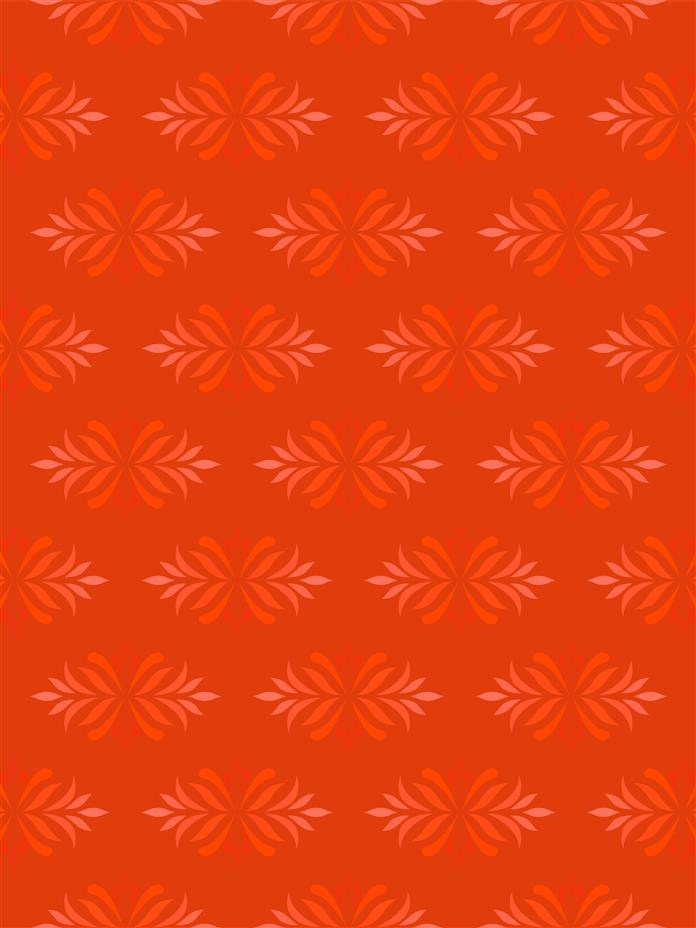
Disclaimer: This Story is for informative purposes only and does not in any way attempt to replace the advice offered by an expert on the subject.